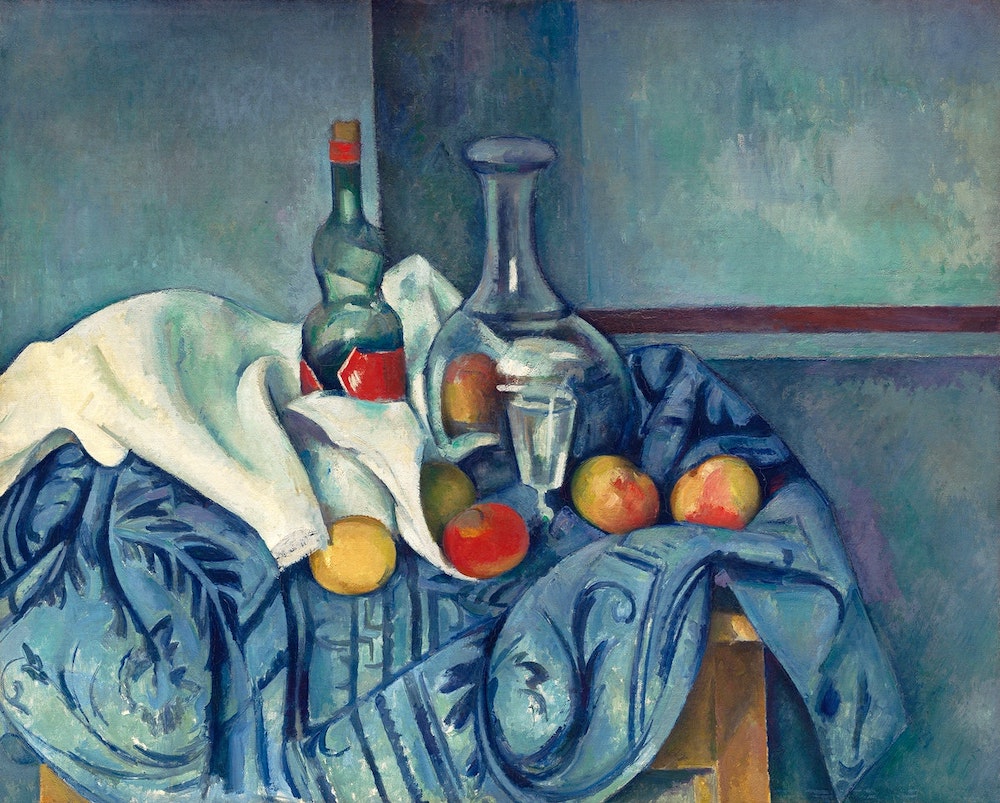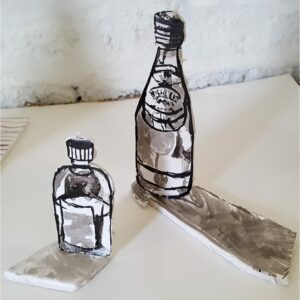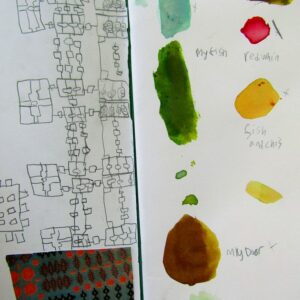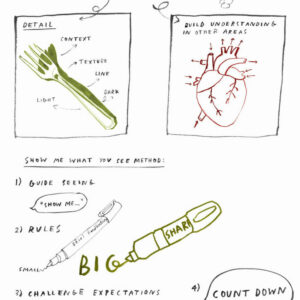A collection of sources to explore the art of Paul Cezanne.
Please note that this page contains links to external websites and has videos from external websites embedded. At the time of creating, AccessArt checked all links to ensure content is appropriate for teachers to access. However external websites and videos are updated and that is beyond our control.
Please let us know if you find a 404 link, or if you feel content is no longer appropriate.
We strongly recommend as part of good teaching practice that teachers watch all videos and visit all websites before sharing with a class. On occasion there may be elements of a video you would prefer not to show to your class and it is the teacher’s responsibility to ensure content is appropriate. Many thanks.
*If you are having issues viewing videos it may be due to your schools firewall or your cookie selection. Please check with your IT department.*
This resource is free to access and is not a part of AccessArt membership.





Paul Cezanne
Cezanne was a French Post-Impressionist painter.
It is said that he formed the bridge between late 19th-century Impressionism and the early 20th century’s Cubism.
Cézanne’s often repetitive, exploratory brushstrokes are highly characteristic and clearly recognizable. He used planes of colour and small brushstrokes that build up to form complex fields. His interest was not in the objects themselves but in using them to experiment with shape, colour, and lighting. He arranged his still lifes so that everything locked together. The paintings convey Cézanne’s intense study of his subjects. Find out more here.
Explore this Google Arts and Culture resource on Cezanne.
![]()
A Table Corner (Un coin de table) (ca. 1895) by Paul Cézanne. Original from Original from Barnes Foundation.
Questions to Ask Children
“It is understood that the artist places himself in front of nature; he copies it while interpreting it.“‘ – What do you think Cezanne meant by this?
What can you see in this painting?
What do you like/dislike about this painting?
How does it make you feel?
Whats your favourite part of the painting?

The Peppermint Bottle (ca. 1893-1895) by Paul Cézanne. Original from The National Gallery of Art.
Questions to Ask Children
What can you see?
How does the colours in this painting make you feel? Talk about the use of cold and warm colours.
What kind of atmosphere does this painting capture?
![]()
Paul Cézanne & Rococo Vase (1876) still life painting. Original from the National Gallery of Art.
Questions to Ask Children
What do you like/dislike about this painting?
How does this painting compare with the other two paintings above. What are the similarities and differences?
![]()


